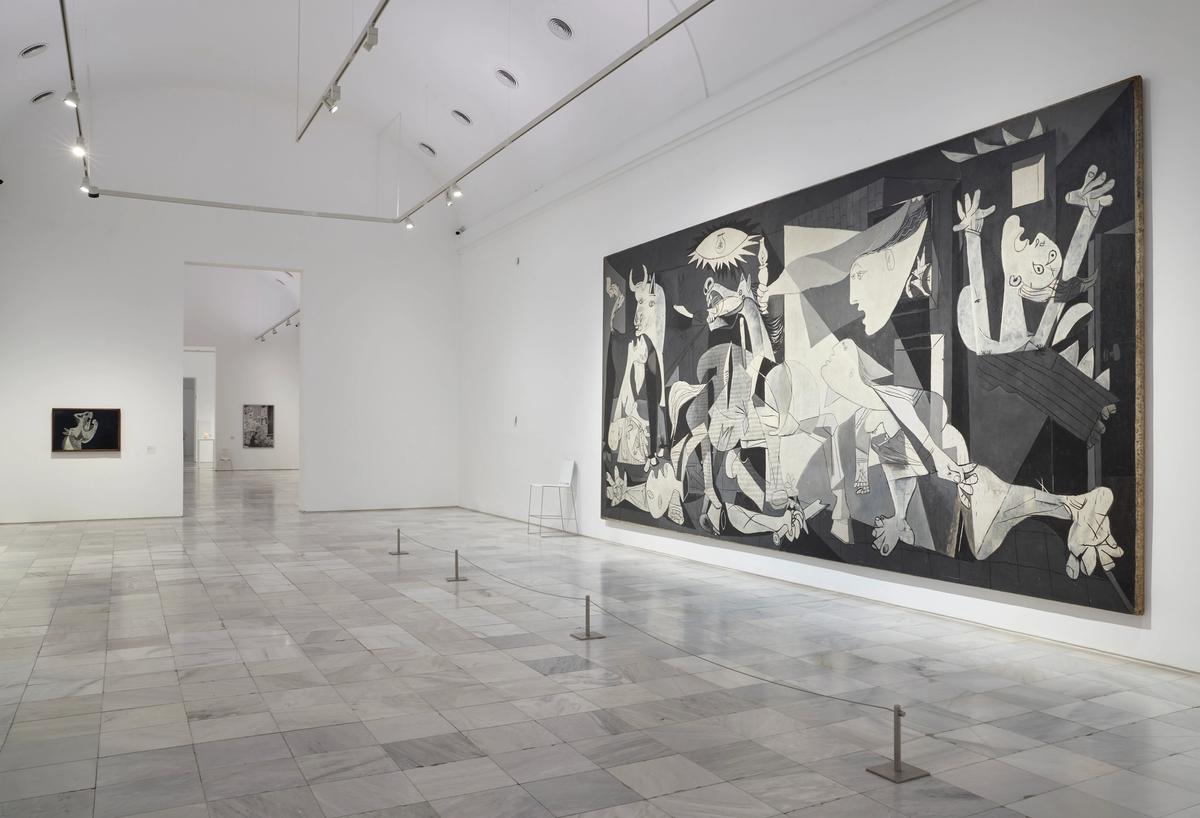Visitors to the Reina Sofía museum in Madrid can now take photographs of Picasso’s famous anti-war painting Guernica (1937) after a ban was lifted by the new director, Manuel Segade. Image restrictions regarding the epic painting, which depicts the horrors of the Spanish Civil War, have been in place for more than 30 years.
According to the museum website, the government of the Spanish Republic acquired Guernica from Picasso in 1937. When the Second World War broke out, however, the artist decided that the painting should remain in the custody of New York's Museum of Modern Art for safekeeping until the conflict ended. The work was returned to Spain in 1981 and hung in the Prado until 1992 when it was transferred to the Reina Sofía Museum. The photo ban has been in place ever since, confirmed a museum spokesperson.
“The photo restrictions in the Guernica room have been lifted since 1 September. Visitors are now allowed to take pictures but without flash or any stabilisation elements such as tripods or selfie sticks,” the museum spokesperson tells The Art Newspaper. Museum officials hope that the ban will decrease the time that people spend viewing the painting, according to The Times. “It only takes a few seconds to take a selfie and so the pace of the public will flow more,” another spokesman said.
Segade, who was appointed in June, told Yahoo: “I would like us to reach 100% photographic accessibility, especially for a young audience who live filtered by a screen. I think it is also important to pay attention to their way of approaching reality.”
Meanwhile, visitor photography in museums has been a contentious issue for decades. The art critic Jonathan Jones has criticised the use of cameras at the Louvre, highlighting the mass of visitors desperate to snap Leonardo da Vinci’s Mona Lisa. “Yet in front of the Mona Lisa, one camera flash after another blasts its ugly reflection on the glass protecting the painting. I just don't understand how the Louvre can allow this destructive camera abuse,” he wrote in 2009.
Picasso’s masterpiece was in the headlines last June after the Rolling Stones singer, Mick Jagger, had his own private viewing of the acclaimed Second World War work while the museum was closed. At the time the photo ban was still in force but an exception was seemingly made for the rock superstar, which prompted a backlash on social media.


